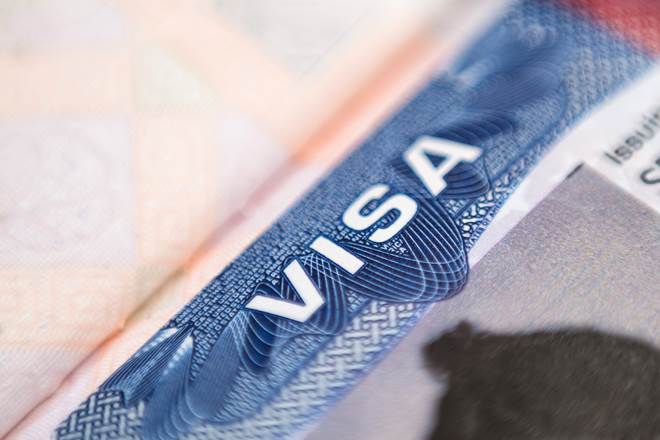Are you dreaming of life in an old European capital with its winding streets, or do you picture a quieter existence surrounded by idyllic countryside vineyards and villages?
Well, for skilled workers from the United States (and seven other nations), Czechia’s new digital nomad visa could make that a reality.
This summer, Czechia unveiled a visa program that would offer one-year residency to professionals from eight countries trained in science, technology, engineering and mathematics (STEM) fields.
Even though the bigger purpose of the program is to address the Central European country’s lack of IT professionals, it does not require applicants to work for a local company and is open to both freelancers and remote employees of foreign companies.
Image Credit: Getty Images, RossHelen
Want to move to Europe? Here’s who can apply
The program is open to applicants from eight countries: the US, Australia, Canada, Japan, New Zealand, South Korea, Taiwan, and the UK.
Applicants will have to prove that they have a bachelor's degree or higher in a STEM field, or that they have at least three years of experience in the IT industry.
Applicants who are employed by foreign companies will also have to demonstrate that they bring in at least 1.5 times the average Czech salary, which is just over 40,000 koruny a month, or $1,700, so applicants will need to prove an income of at least $2,700 a month.
They’ll also have to provide proof of funds. For employees of foreign companies, exact financial requirements depend on the length of the stay. For a 6-month stay applicants will have to provide proof of 78,250 CZK (roughly $3,450) in funds. Also note that freelancers have higher proof of funds requirements: 156,500 CZK (roughly $6,900).
It is possible to bring along family under the visa, but applicants will have higher financial requirements to prove they can support them.
How much does the Czech Digital Nomad visa cost?
Between the visa and the application fee—and if you are a freelancer, a Czech trade license—the total cost of the process comes out to just under $270. However, note that if you spend more than 183 days in a calendar year in Czechia, you will be considered a Czech tax resident and will be liable for local taxation.
Image Credit: Getty Images, emicristea. Image Location: Charles Bridge, Prague, Czechia
Life in Czechia
If you meet all those requirements, then a life in Czechia could be in your future.
In 2021, Prague was voted the most beautiful city in the world, according to a survey conducted by Time Out magazine, which covers culture and nightlife worldwide. Sitting on the banks of the Vltava River, Prague’s mix of Gothic, Renaissance and Baroque architecture is unparalleled in Europe.
It also happens to be one of the EU’s cheaper capitals. A one-bedroom apartment in the city center costs around $700 a month, while the country still has good infrastructure for remote work, with high internet speeds and several coworking spaces.
Beyond Prague, Czechia’s second largest city Brno is becoming an attraction too, with gorgeous architecture and a booming nightlife thanks to its younger population as a university city.
Though the digital nomad visa lasts for one year, those who wish to stay can apply for a two-year residency extension after that period is up.
Image Credit: Getty Images, Santiago Urquijo. Image Location: Freedom Square, Brno, Czechia
Beyond Czechia
Czechia isn’t the only country in Europe or the EU to offer a pathway to residency; similar programs, albeit with varying requirements, exist in Croatia, Hungary, Romania, Cyprus, Portugal, Georgia and elsewhere.
Czechia's location in the heart of Europe, as well as its inclusion in the Schengen Area, makes travel to the rest of the continent a breeze. From Prague central railway station, you can be in Vienna, Budapest, Bratislava, Berlin or elsewhere in only a few hours.
Header Image Credit: Getty Images, Alexander W Helin

